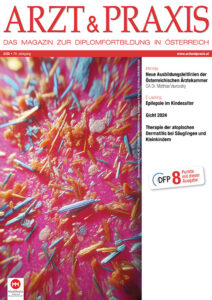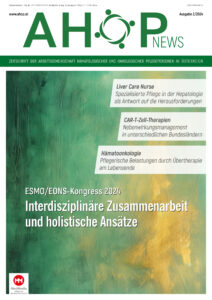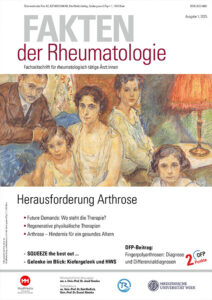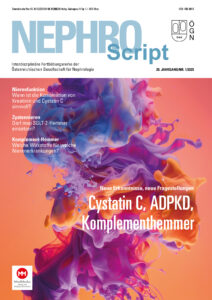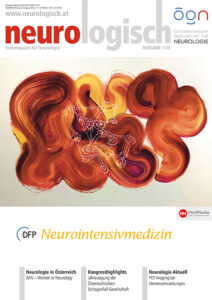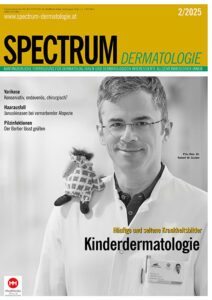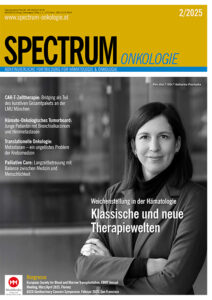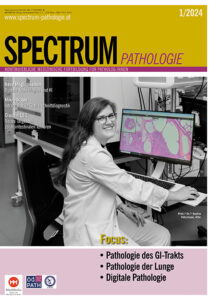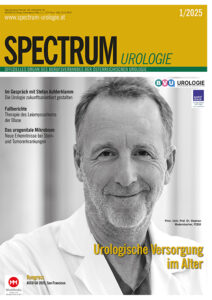Art of Urology – Prostatakarzinom: PSA and beyond – Part II – PSA molecular forms and novel blood-based tumor markers for prostate cancer
The molecular isoforms of PSA
Improvements in measuring PSA isoforms have allowed the measurement of free PSA and its ratio to total PSA.[1-3] The other form of PSA is complexed PSA, which is a measure of how much PSA in the serum is bound to α2-macroglobulin, α1-protease inhibitor, and α1-antichymotrypsin. Currently, there is no commercially available assay that can specifically measure the complex of α2-macroglobulin with PSA.
The Food and Drug Administration (FDA) has approved the use of percentage free PSA testing [i.e., (free PSA/ total PSA) x 100] as an adjunct to total PSA in men with a total serum PSA concentration between 4 ng/mL and 10 ng/mL. A higher percentage free PSA value indicates a lower probability of finding PCa on biopsy, and this raises the likelihood that the elevation in total PSA is due to the presence of benign prostatic hyperplasia (BPH).[4, 5] In a multicenter, prospective trial, Catalona et al. reported that when a percentage free PSA 50 years of age with total PSA of 2.6 ng/mL to 4.0 ng/mL.[7] In addition, 83% of these PCas were clinically significant.
Data on the usefulness of free PSA to predict clinical outcomes such as pathological grade and stage of PCa are inconclusive. Graefen and co-workers[8] failed to detect any independent association of pre-operative free PSA with biochemical failure in 581 unscreened patients who underwent radical prostatectomy for clinically localized PCa.[8] In contrast, Shariat and colleagues found that lower pre-operative serum free PSA was an independent predictor of advanced pathologic features, biochemical progression, and patterns of aggressive disease progression in 402 consecutive men treated with radical prostatectomy for clinically localized PCa who had total PSA levels less than 10 ng/mL.[2]
There are three distinct cleavage isoforms of free PSA in the serum: pro-PSA, BPH-associated PSA (BPSA), and intact free PSA.[9] The precursor of PSA (pro-PSA) is a 261-amino-acid pre-pro-protein that has a seven-amino-acid leader sequence. Subsequent processing by human glandular kallikrein-related peptidase 2 (hK2) and other proteases produces the active 237-amino-acid mature PSA.[9] Studies have shown that higher levels of pro-PSA are associated with PCa. In men with PSA levels between 6.0 ng/mL and 24.0 ng/mL, the fraction of pro-PSA with a two-amino-acid-truncated leader sequence ([-2]pro-PSA) was found to be significantly higher in men with PCa.[9, 10] Moreover, these studies demonstrated the use of the pro-PSA to free-PSA ratio for screening patients with PSA levels between 2.5 ng/mL and 4.0 ng/mL and between 4.0 ng/mL and 10.0 ng/mL.[11] Elevated pro-PSA to free-PSA ratios have also been associated with aggressive pathological features and decreased biochemical disease-free survival after radical prostatectomy.[12, 13] A new automated tool using a [-2]pro-PSA assay with a percentage-free-PSA-based artificial neural network detected PCa and more aggressive disease with higher accuracy than total PSA or percentage free PSA alone.[14] In a recent prospective cohort of men enrolled into active surveillance for PCa, serum and tissue levels of pro-PSA at di – agnosis were associated with the need for subsequent treatment.[15] This study hypothesized that the increase in the ratio of serum pro-PSA to percentage free PSA is driven by an increased pro-PSA production from “premalignant” cells. The molecular forms of PSA can differ in their in-vitro stability and information about the pre-analytical conditions is therefore essential for correct clinical interpretation. For correct measurements of [-2]pro-PSA, blood samples should be centrifuged within 3 hours of the drawing of the blood. The serum can be stored at room temperature or refrigerated (+4 °C) for a maximum of 48 hours, and it should be frozen if it is to be stored for longer periods. Two freeze-thaw cycles have no effects on [-2]pro-PSA stability.[16]
BPSA is formed by the internal cleavage of free PSA between Lys182 and Ser183. BPSA is expressed in nodular hyperplasia that is limited to the transitional zone of men with BPH. BPSA can be detected in semen, blood and prostate tissue, and its levels correlate with the transitional zone volume and obstructive voiding symptoms.[9, 17] BPSA appears to be a promising marker of BPH, as there is a direct association between its secretion and the volume of the transition zone.[17] As such, BPSA is a better predictor of prostate enlargement than total and free PSA.[18] In addition, BPSA is not affected by age and is significantly higher in the presence of BPH symptoms. Adjusting the level of free PSA for BPSA resulted in 13% to 17% improvement in specificity compared to free PSA alone, while maintaining a sensitivity of 90% to 95%. [19]
Combination of PSA molecular forms for improved PCa detection: It is most unlikely that a single biomarker will provide the single decision as to diagnosis and/or prognosis of a particular PCa pathology. The future of PCa profiling will rely on a combination of a panel of complementary biomarkers that can provide accurate molecular staging and indicate the likelihood of aggressive tumor behavior.[20-23]
Vickers and Lilja developed a statistical model that can predict prostate biopsy outcomes based on patient age, digital rectal examination (DRE), and a panel of four kallikrein markers: total PSA, free PSA, intact PSA and hK2. Using data from the Göteborg, Sweden, section of the European Randomized Study of Prostate Cancer screening, they estimated that for every 1,000 previously unscreened men with elevated total PSA, the use of their model to decide on biopsies would have reduced the biopsies by 573, while missing only a small number of PCas (31 of 152 low-grade cancers, and 3 of 40 high-grade cancers).[24] These findings were subsequently replicated in an independent cohort that showed a biopsy reduction of 513 per 1,000 men with elevated total PSA, while missing 54 of 177 low-grade cancers and 12 of 100 high-grade cancers.[25] These findings have also been verified in men who had undergone previous recent screening, with the resulting improvements in the predictive accuracy.[26, 27] Recently, Gupta et al. demonstrated that this panel of four kallikrein mar


